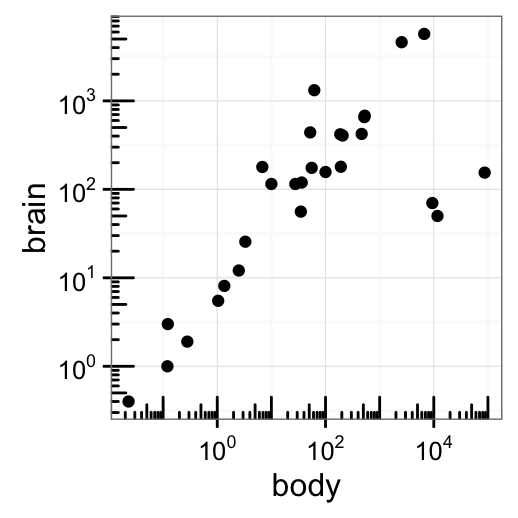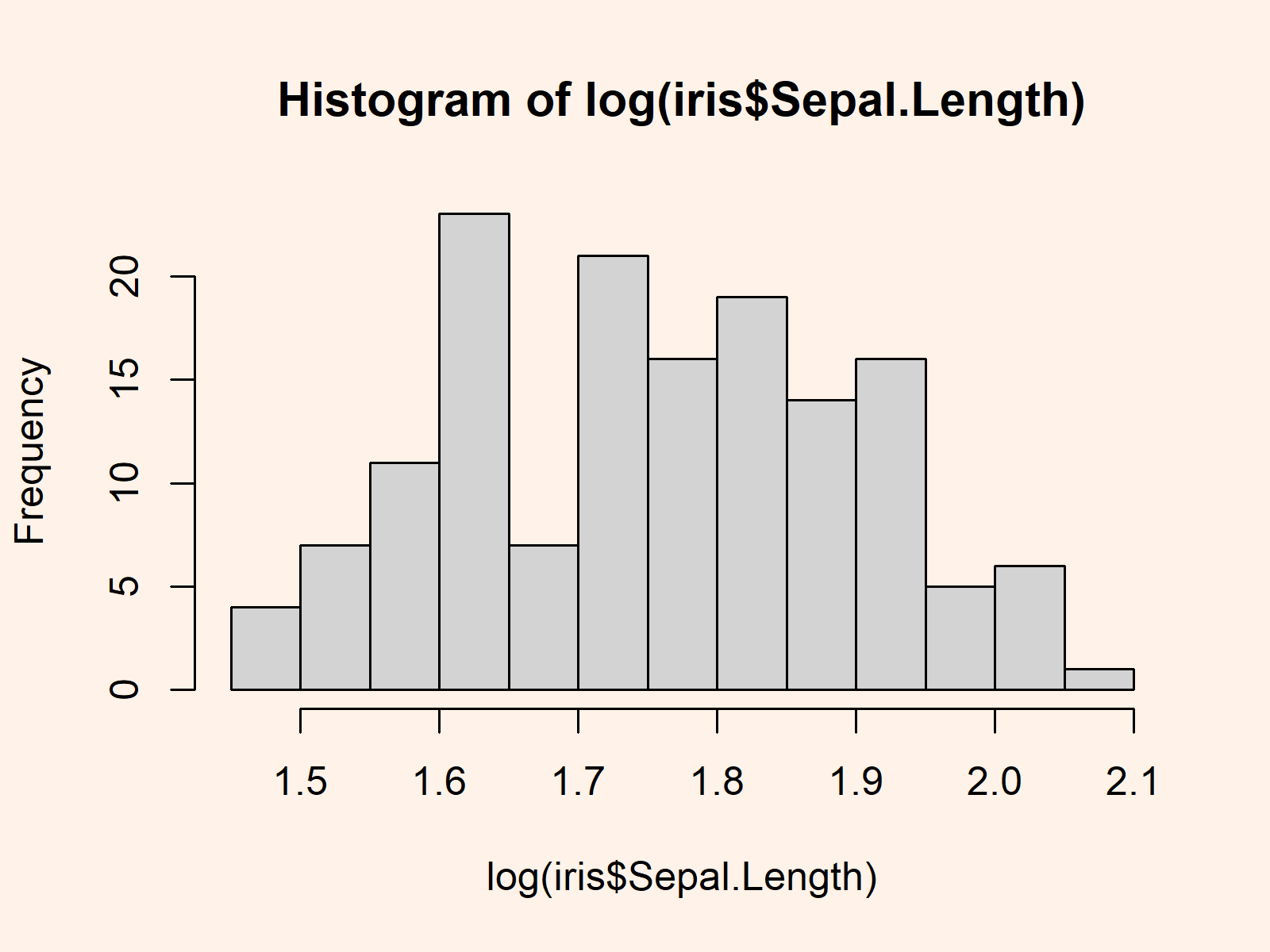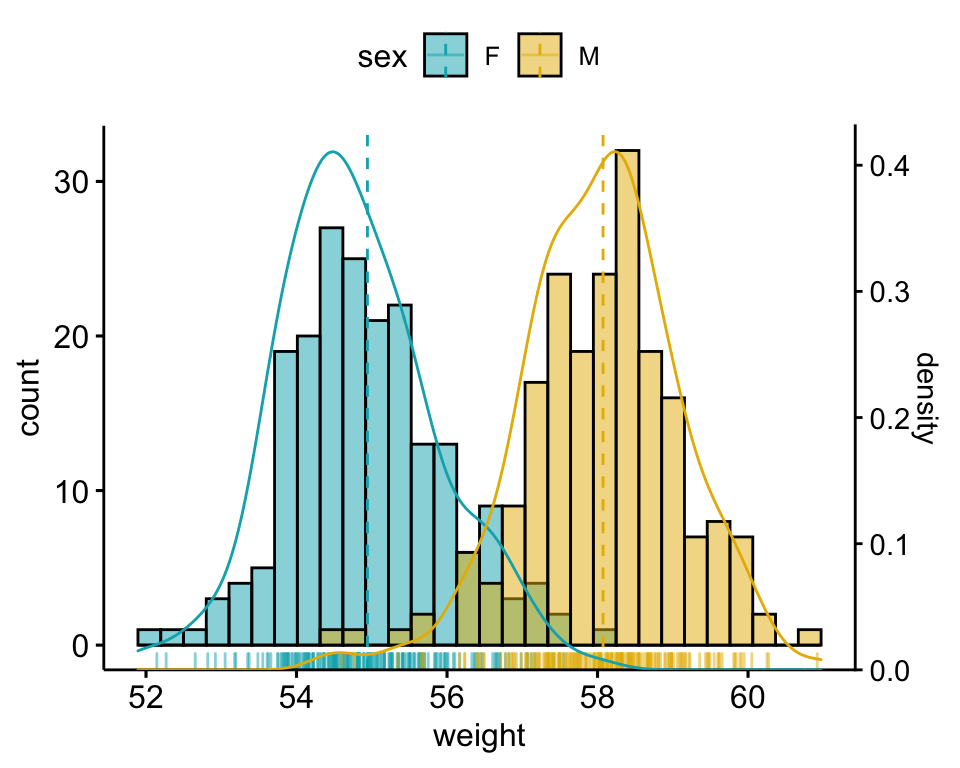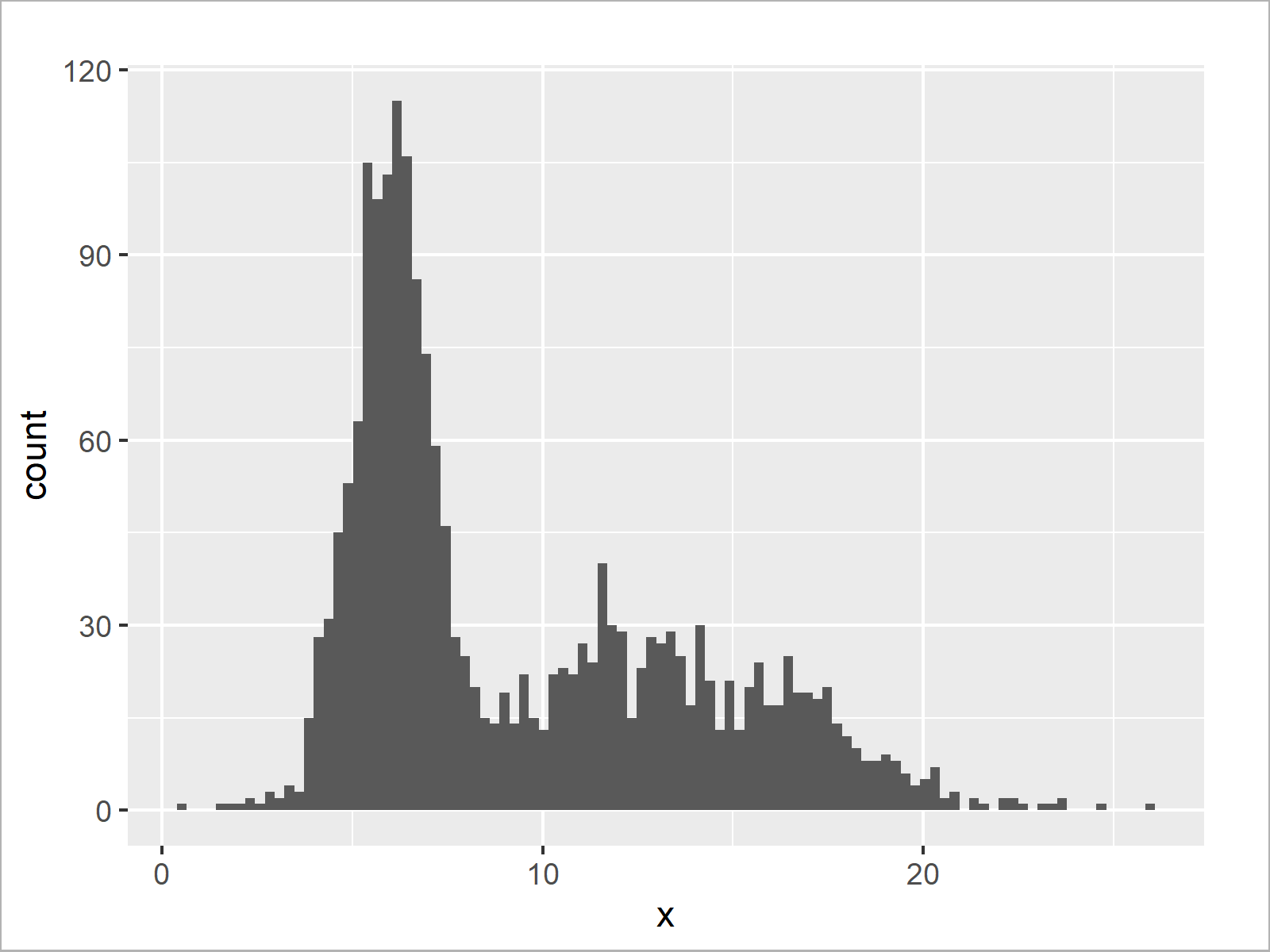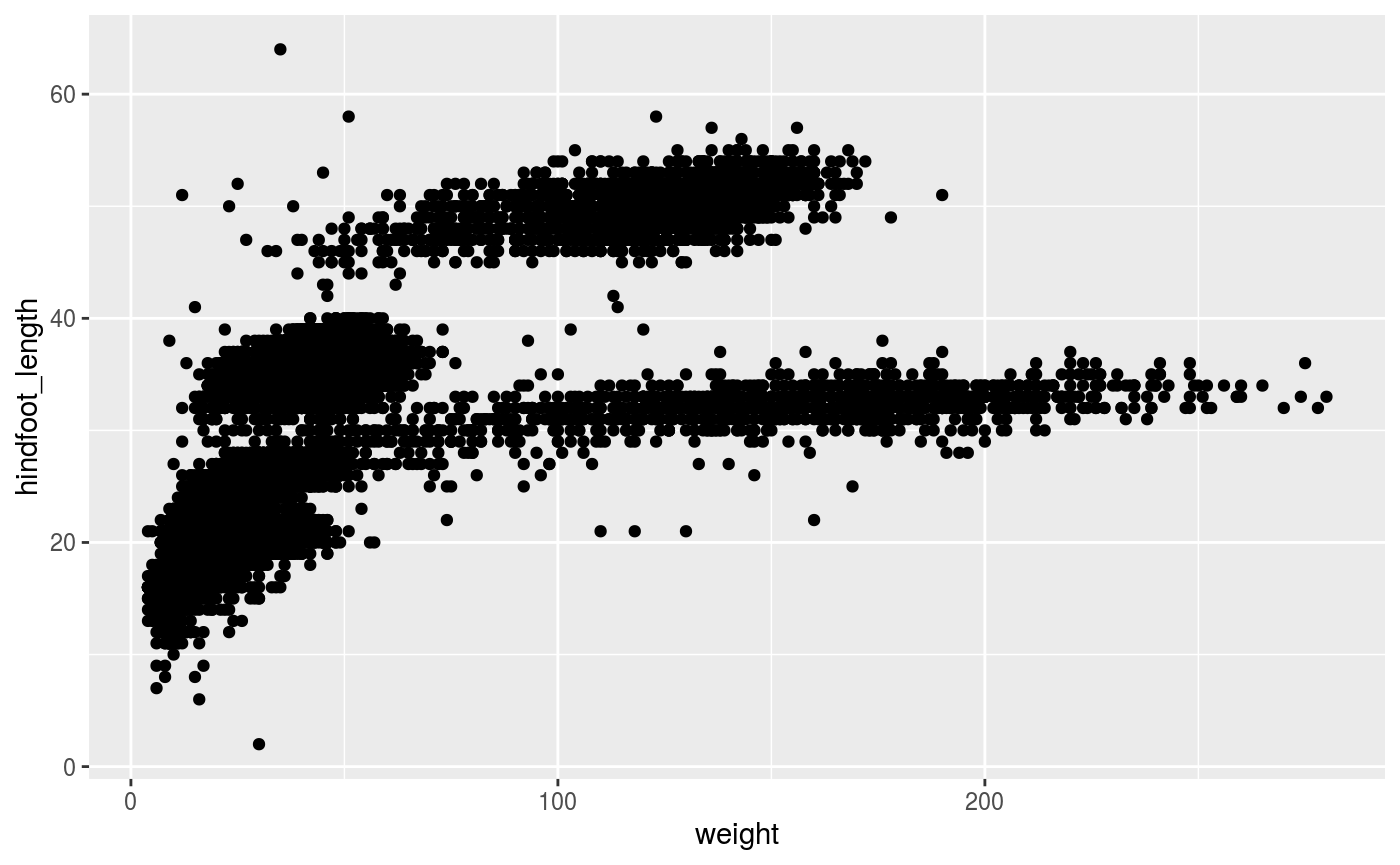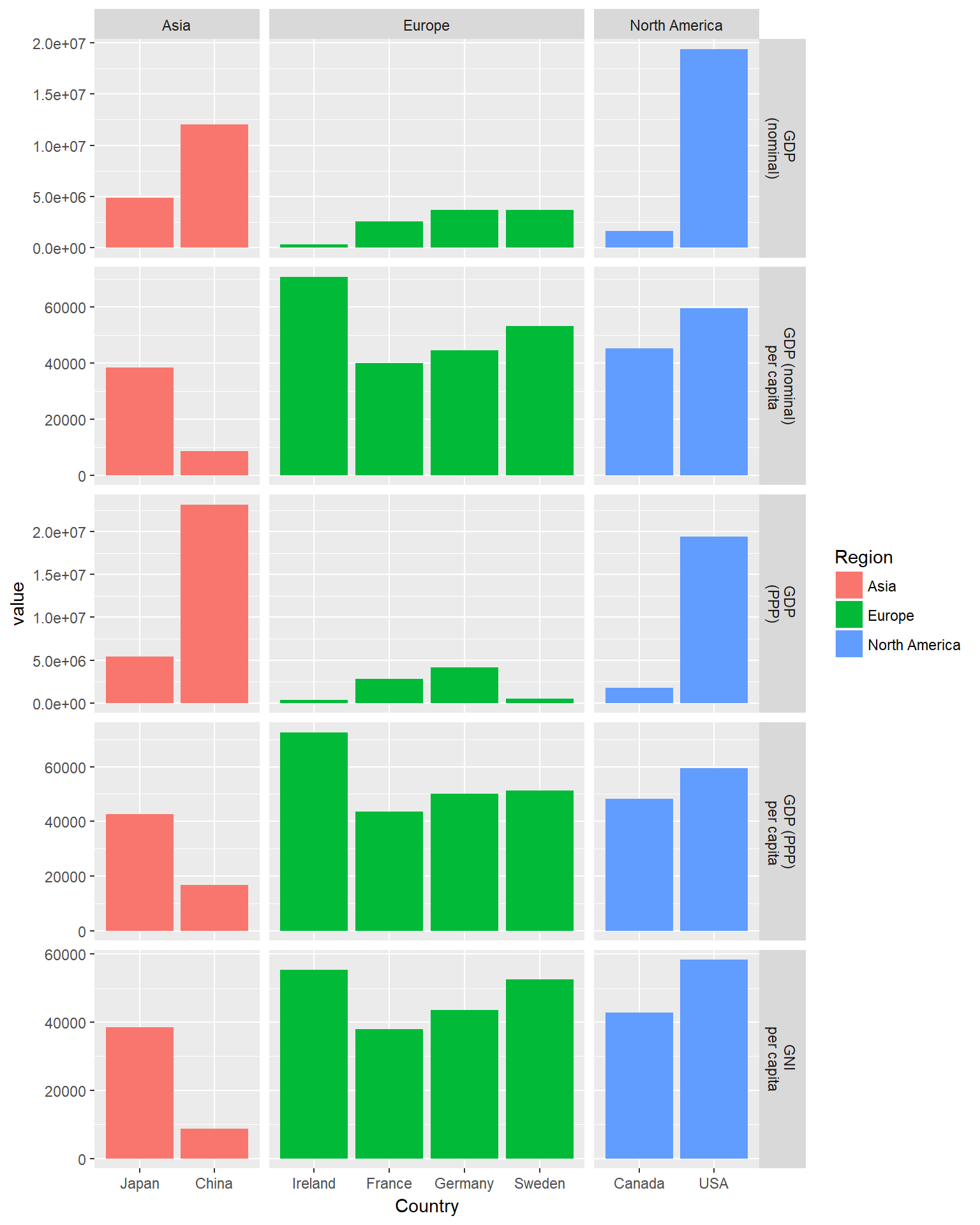Top Notch Tips About Ggplot Logarithmic Axis Three Variable Graph Excel
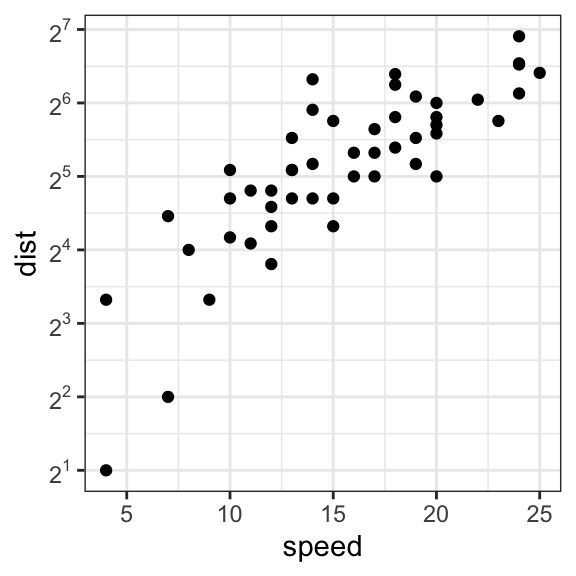
That way you aren't cramming everything into a single function call:
Ggplot logarithmic axis. Use xlim () and ylim () functions. It is possible to use these. If you want to modify just one of the axes, you can do so by modifying the components of the theme(), setting the elements you want to remove to.
# x axis limits sp + xlim (min, max) # y axis. If i don't log in the. The functions scale_x_discrete () and scale_y_discrete () are used to customize discrete x and y axis, respectively.
Solution swapping x and y axes discrete axis changing the order of items setting tick mark labels continuous axis setting range and reversing direction of an axis reversing. Given this property, it often makes sense to plot this on a logarithmic scale, and not on a linear one. Customize a discrete axis.
The tick marks created by annotation_logticks () are actually geoms inside the plotting area. You can use one of the following two methods to do so using only ggplot2: Use scale_y_continuous () or scale_x_continuous () ggplot (df, aes(x=x, y=y)) + geom_point () + scale_y_continuous (trans='log10') +.
Subscript letters in ggplot axis label. Log scale with geom_boxplot # learn about api authentication here: Remove x or y axis labels:
I get equidistant grids, but not log spaced ones. I am trying to create a plot with logarithmically spaced grids using ggplot2 just like in the below figure. @aaron's is plain r, @richie's is ggplot, and @dwin's is a package just for this purpose.
To change the range of a continuous axis, the functions xlim () and ylim () can be used as follow : This tutorial explains how to convert the axis of a ggplot2 graph to a logarithmic scale in the r programming language. It should be false when.
This should be true (default) when the data is already transformed with log10 () or when using scale_y_log10 (). The content of the post is structured as follows:

